Acknowledgements xiv
1 Introduction 1
Introduction 1
A brief history of food safety 1
Evolution of cellular protection mechanisms 2
2 Food Risk 13
Introduction 13
What is risk? 14
Measuring hazard 16
Determining risk 18
Acceptable risk 23
Risk versus benefit 26
Risk perception 27
The precautionary principle 30
Food risk assessment 31
Relative risk and risk ranking 33
Risk management 33
Risk communication 36
Quantitative risk assessment 36
Take home messages 45
Further reading 45
3 Bacteria 46
Introduction 46
The discovery of bacteria 47
The biology of bacteria 52
The bacterial ecology of food 61
Human bacterial pathogens on food 62
Gastroenteritis 63
Food-borne pathogenic bacteria 63
Take home messages 101
Further reading 102
4 Viruses 103
Introduction 103
The discovery of viruses 103
The biology of viruses 105
Diseases caused by viruses and mechanisms of viral transmission 108
Other food-borne viruses 115
Take home messages 116
Further reading 116
5 Parasites 117
Introduction 117
What are parasites? 117
Flatworms – Platyhelminthes 118
Tapeworms – Cestodes 118
Flukes – Trematodes 121
Nematodes 124
Protozoa 130
Take home messages 140
Further reading 140
6 Bovine Spongiform Encephalopathy (BSE) 141
Introduction 141
The history of BSE 141
The epidemiology of BSE in England 142
Spongiform encephalopathies 143
Prions 143
The symptoms of BSE 145
BSE cases in the UK 146
BSE transmission and the origins of PrPSC 146
The risk to human consumers of BSE beef – nvCJD 149
The politics of BSE and implications for food safety worldwide 153
BSE incidence around the world 153
Take home messages 154
Further reading 155
7 Chemical Contaminants 156
Introduction 156
Pesticides 157
Insecticides 164
Herbicides 185
Fungicides 187
Veterinary medicines 192
Growth promoting chemicals 203
Fertilisers 208
Natural environmental chemicals 210
Non-agricultural environmental pollutants 213
Residues monitoring programmes 217
Dietary intake and risk to human consumers 218
Take home messages 219
Further reading 219
8 Natural Toxins 220
Introduction 220
Why produce natural toxins? 221
Natural toxins in the human food chain 222
Plant toxins 224
Mycotoxins 237
Phytohaemagglutinins in beans 241
Bacterial toxins 243
Phytoestrogens 243
Take home messages 243
Further reading 243
9 Endocrine Disrupting Chemicals 244
Introduction 244
The first observations of xenoestrogens’ effects 245
Estrogen receptors – ERs 246
Molecular requirements for estrogenicity 247
Estrogens are present in both males and females 247
Xenoestrogens 248
Population level effects of exposure to xenoestrogens 261
The positive health effects of xenoestrogens 264
Take home messages 265
Further reading 265
10 Genetically Modified Food 266
Introduction 266
A brief introduction to nucleic acids, genetics
and molecular biology 267
Nucleic acids 267
Converting the genetic code into a protein 268
The history of GM crops 271
The tools of the genetic engineer 272
Glyphosate-resistant crops 274
Insect-protected crops – BT toxin 275
GM crops with enhanced flavour or nutritional properties 276
What happens if humans eat GM crops or foods made from them? 277
Changed biochemistry in GM crops 278
What is the effect of eating DNA and RNA? 278
GM animals 279
Take home messages 279
Further reading 279
11 Colours, Flavours and Preservatives 280
Introduction 280
Food colours 282
Flavours 290
Preservatives 305
Take home messages 319
Further reading 319
12 Food Irradiation 320
Introduction 320
Different types of radioactivity 321
How irradiation kills cells 323
The history of food irradiation 324
The effect of radiation on microorganisms 325
How is food irradiated? 326
The effects of irradiation on food chemistry 326
The effects of irradiation on vitamins 327
Radiation dose 331
Does irradiation make food radioactive? 332
Health effects of food irradiation 332
The use of food irradiation around the world 333
Take home messages 334
Further reading 334
13 Food Safety and the Unborn Child 335
Introduction 335
‘You are what your mother ate’ 335
Growth and development of the embryo and fetus 337
Effects of food chemical contaminants 344
Effects of microbiological contaminants 345
Effects on ova and sperm 346
Take home messages 347
Further reading 347
14 Organic Food 349
Introduction 349
What does ‘organic’ mean? 350
The history and philosophy of organic farming 351
Demand for organic food 352
Organic farming methods 352
Organic farming legislation 353
Organic fertilisers 354
Organic pest control 355
Organic weed control 355
Animal health remedies 356
Food processing 356
Is organic food better for you? 357
Myths and facts about organic food 361
Take home messages 364
Further reading 365
15 Food Allergy 367
Introduction 367
What is an allergy? 368
The basics of immunology 368
Immunity and the immune response 368
Sensitisation 371
Food allergies 373
The genetics of allergy 373
Food allergens 374
Milk allergy 375
Peanut allergy 377
Soy allergy 380
Nut allergies 381
Seafood allergies 383
Gluten allergy (coeliac disease) 386
Allergy to eggs 389
Allergen cross-reactivity 390
Banana/latex allergy 390
Food additives allergy 392
Why is the incidence of food allergies increasing? 392
A cautionary note 393
Take home messages 393
Further reading 394
16 Food Legislation 395
Introduction 395
Legal processes – how laws are made 397
A very brief history of food law 398
Food legislation around the world 399
Food legislation in the USA 399
Food legislation in the UK 402
Food legislation in New Zealand 405
Policing food legislation 407
Does food legislation reduce risks to consumers? 410
Case example – non-compliance follow-up 410
The relevance of national food legislation in a global food market 411
Take home messages 412
Further reading 412
17 Radioactivity in Food 413
Introduction 414
What is radioactivity? 415
Effects of radiation on cells: Health implications 418
Energies and penetration powers of radiation 419
How cells protect themselves against exposure
to radioactivity 420
Effects of radiation on cells and implications for health 422
Radioactivity dose 424
Natural radioactivity 425
Nuclear power stations 426
Chernobyl disaster (1986) 429
Fukushima Daiichi disaster (2011) 431
Alexander Litvinenko (2006) 434
Radioactive emissions from non]reactor sources 435
Background radioactivity 436
Where do radioisotopes go in the body and what
effects do they have? 437
Radioactivity in food 439
Measuring radioactivity in food 440
Liquid scintillation counting 443
Is there a safe radioactivity exposure level? 447
Take home messages 450
Further reading 450
18 Food Supplements 452
Introduction 452
Nomenclature 453
Types of food supplements 453
Herbal remedies 453
Herbal remedies: The final word 461
Homeopathy 463
Amino acids and proteins 464
Vitamins 465
Dietary elements (minerals) 466
Essential fatty acids 468
Fish oil supplements 471
Bodybuilding supplements 472
Food and health…the development of food supplements 474
Synthesis of vitamin C 474
Definition of a medicine and approval for marketing 474
Food supplements are regulated as foods 475
Do food supplements have health benefits? 476
Are food supplements necessary? 476
Questionable marketing claims for food supplements 478
Changes in regulation of food supplements 478
When is a food a medicine? 480
What is a medicinal claim? 481
Take home messages 483
Further reading 483
19 Food Terrorism 484
Introduction 484
What is a terrorist act? 484
The terrorist threat 485
Pharmaceutical terrorism 485
Tamper]proof packaging 485
Food extortion 486
Razor blades, pins, caustic soda and slivers of glass in baby food 486
Tamper]proof packaging for baby food 486
The New Zealand botulinum toxin in milk threat (2013) 486
New Zealand 1080 in infant formula threat (2014) 487
What is 1080? 488
Political issues underpinning the 1080 threat 489
The 1080 threat unfolds… 489
The Wisconsin (US) chlordane incident (1996) 490
Biological agents in food terrorism 492
1984 Rajneeshee bioterror attack 492
Is food terrorism a significant threat? 493
The WHO’s response to the risk of food terrorism 493
Preventing food terrorism 494
Dealing with a food terrorism event 495
Take home messages 496
Further reading 497
20 Food Authenticity 498
Introduction 498
Food fraud 499
Ma ̄nuka honey 499
Ma ̄nuka honey authenticity 501
Australian mā nuka honey 502
Fake mānuka honey prosecution 502
Olive oil authenticity 502
Composition of olive oil compared with other vegetable oils 503
Free fatty acids versus total fatty acids 503
Using fatty acids to authenticate olive oils 503
Pheophytins and pyropheophytins 505
Sensory tests 505
Italian olive oil scandal 507
Toxic oil syndrome, Spain (1981) 508
Analytical methods 510
Gas–liquid chromatography 510
High performance liquid chromatography 511
Nuclear magnetic resonance spectroscopy 514
The use of NMR to check instant coffee authenticity 515
Isotopic ratios 515
Isotopic ratio mass spectrometry 516
Orange juice adulteration 517
Animal products 518
Immunological species identification in food 519
Using DNA technology to identify animal species in food 519
Policing food authenticity 520
Operation OPSON 520
The European horsemeat scandal (2013) 522
Food authenticity legislation 522
Food fraud, humane farming and environmental awareness 526
New Zealand free]range egg fraud (2010–2011) 526
Food fraud in the US 527
Traceability 527
Genetically modified organisms and traceability 529
Take home messages 530
Further reading 530
Index 531




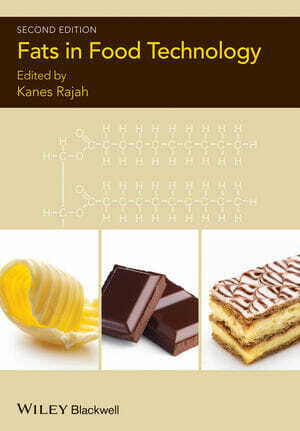
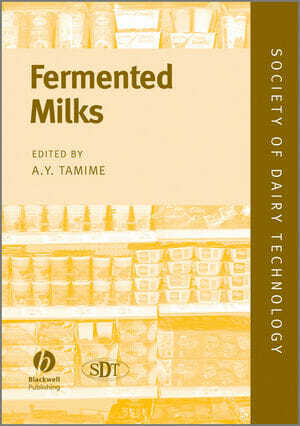
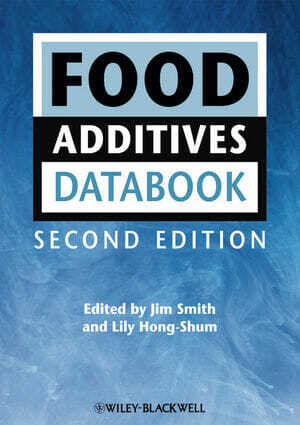
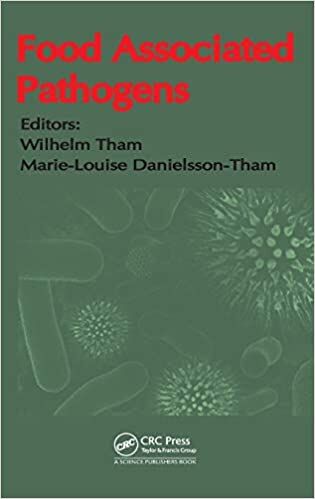
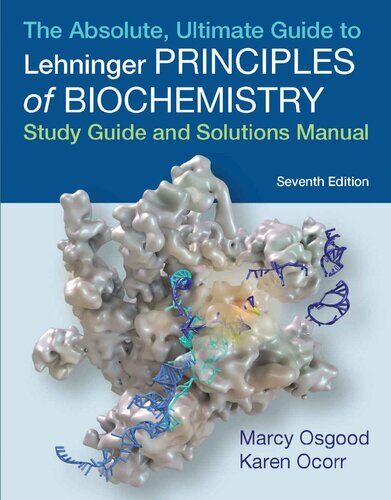
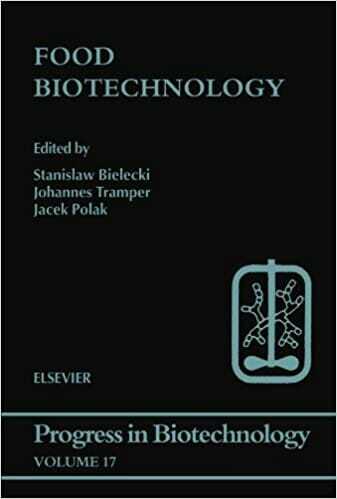
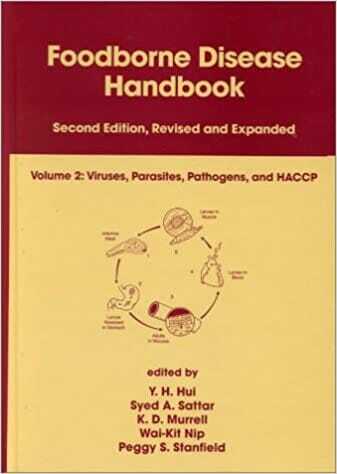
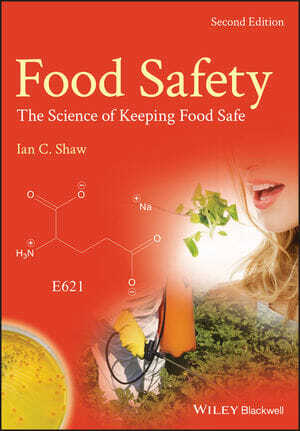
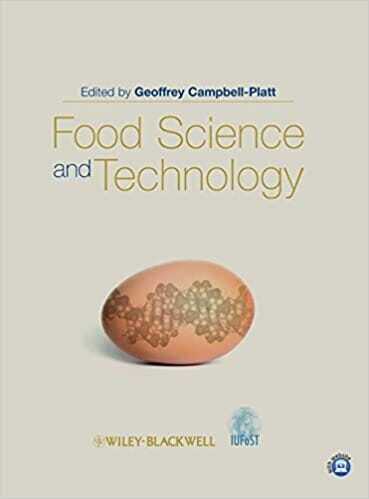








![Ettinger’s Textbook of Veterinary Internal Medicine 9th Edition [PDF+Videos] Ettinger’s Textbook of Veterinary Internal Medicine 9th Edition [True PDF+Videos]](https://www.vet-ebooks.com/wp-content/uploads/2024/10/ettingers-textbook-of-veterinary-internal-medicine-9th-edition-100x70.jpg)





